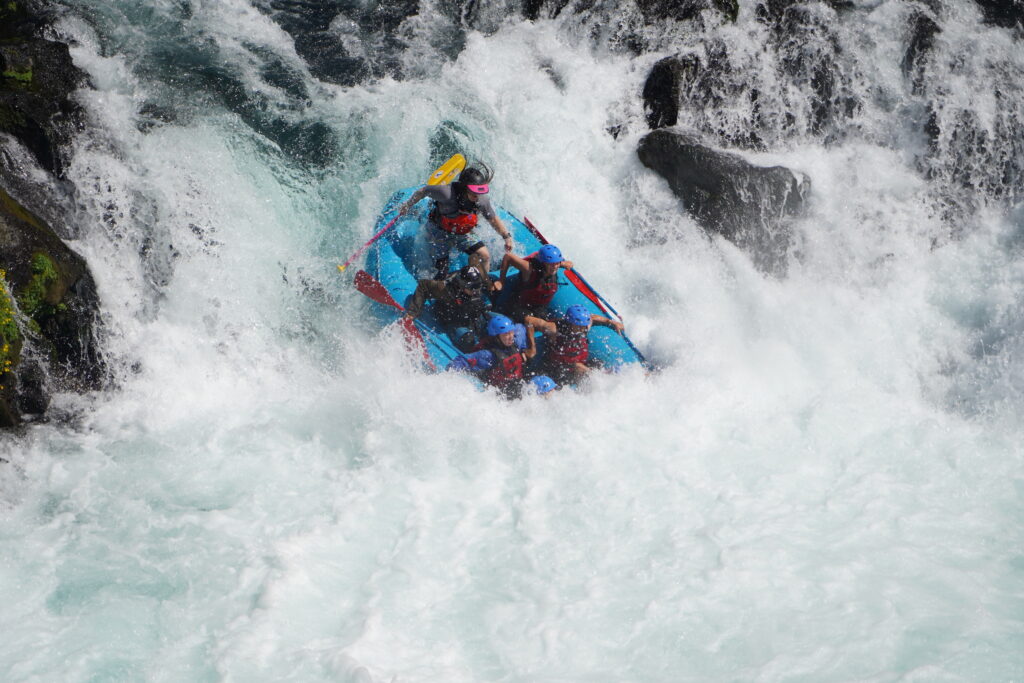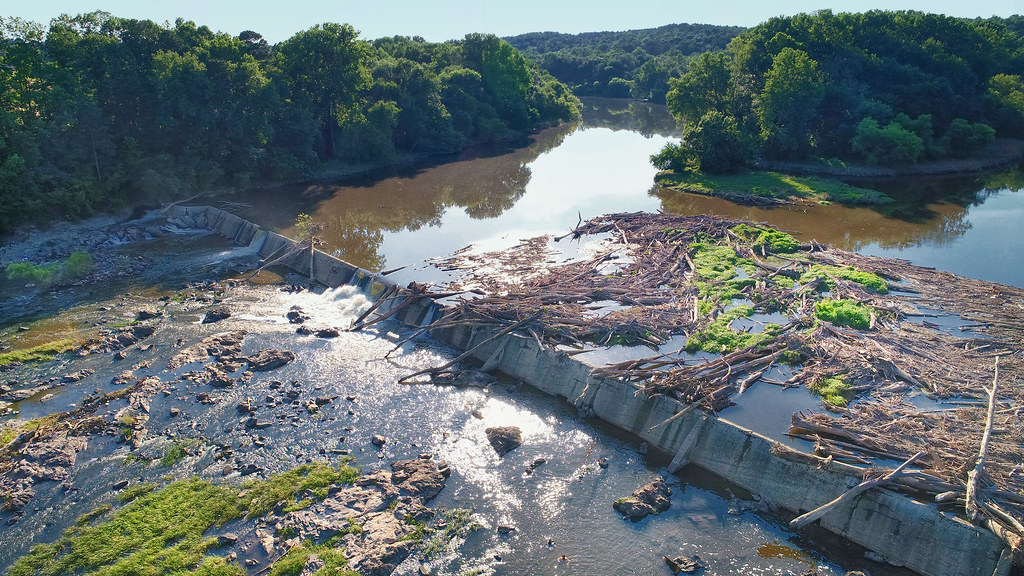Sacramento River
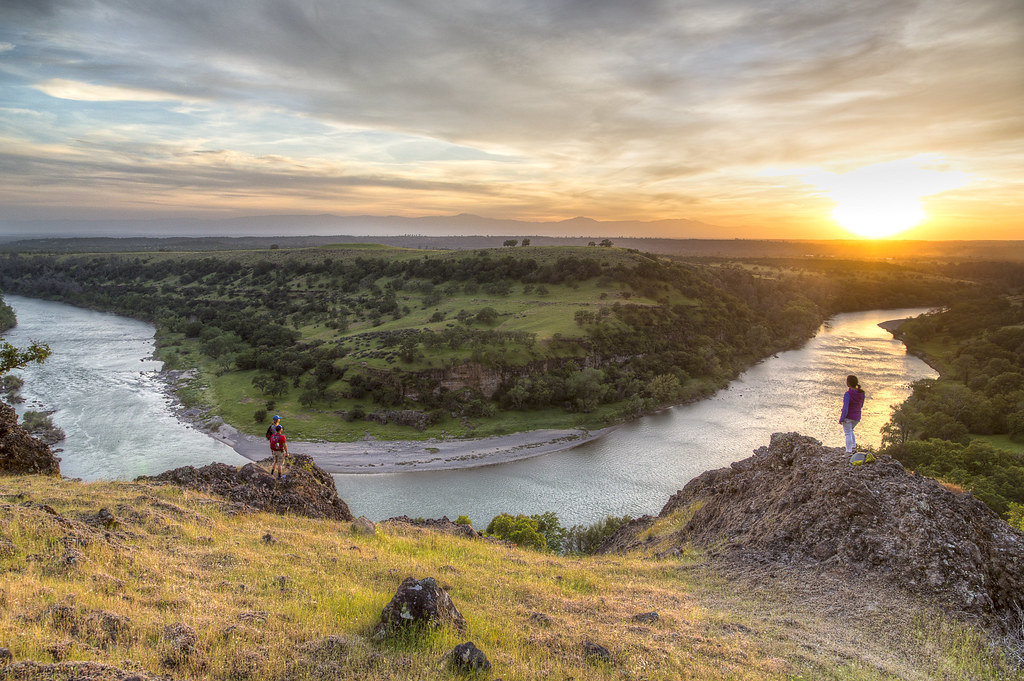
The Sacramento River is California’s largest river, beginning its roughly 380-mile journey in the headwaters of the Sierra Nevada before flowing west into the fertile Sacramento Valley and merging with the San Joaquin River in the Sacramento-San Joaquin Delta. The river supports irrigation on 2 million acres in California’s Central Valley and provides key habitat for a diverse range of species, including the imperiled salmon populations that migrate seasonally from the Pacific Ocean. The Sacramento River also provides 35% of California’s developed water supply, helping sustain life in California for the tens of millions who call the state home.
Where is the Sacramento River Located?
Rising in the Klamath Mountains, the river flows south for roughly 380 miles before reaching the Sacramento–San Joaquin River Delta and San Francisco Bay.
Did You know?
The Sacramento River’s watershed is the largest entirely in California, covering much of the northern part of the state, and is home to about 2.8 million people.
The Sacramento River and its valley were one of the major Native American population centers of California. The river’s abundant flow and the valley’s fertile soil and mild climate provided enough resources for hundreds of groups to share the land. Most of the villages were small. Although it was once commonly believed that the original natives lived as tribes, they actually lived as bands, family groups as small as twenty to thirty people. Learn more…
Despite its critical ecological importance, the Sacramento River has been severely degraded over time, with decreasing water quality, rising water temperatures, agricultural diversions, and shrinking habitat for fish and wildlife resulting from intensive development and the comprehensive impacts of climate change. Over a century of levee construction and damming has isolated the river from its historic floodplains, increasing flood risk for downstream residents, eliminating habitat for threatened and endangered species like the precious salmon, and impeding the natural processes that help store groundwater, a perennial problem as the Central Valley has developed into a water-intensive agricultural region. Changing precipitation and weather patterns resulting from climate change are further exacerbating these issues and present a severe threat to the health of the Sacramento River, and the communities and wildlife that depend on it.
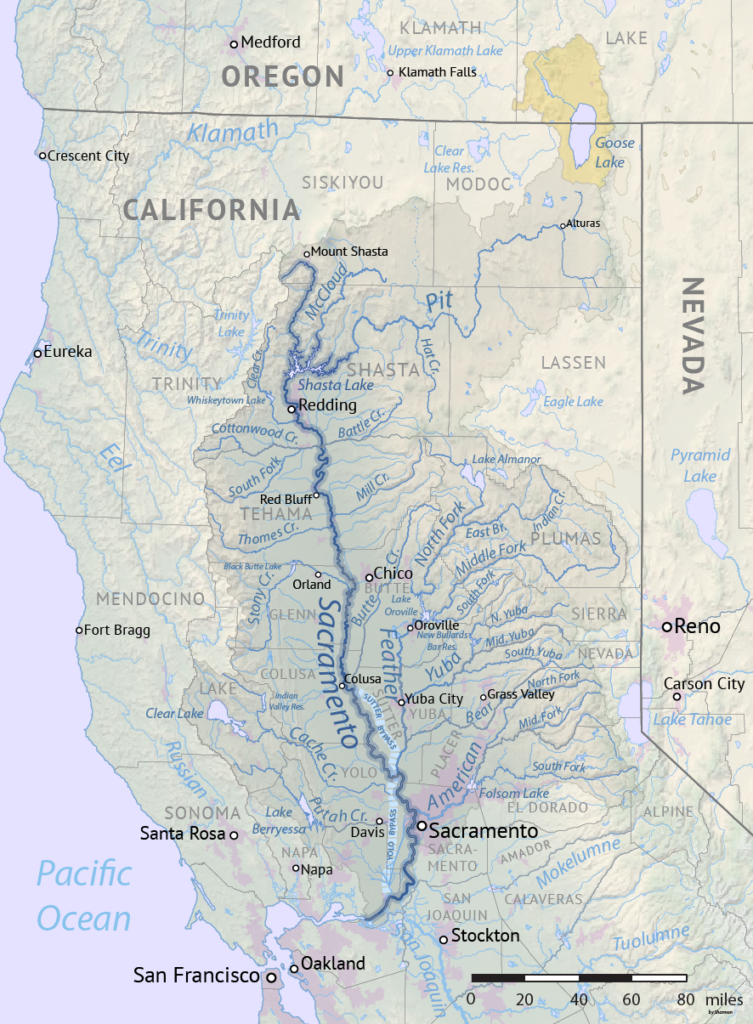
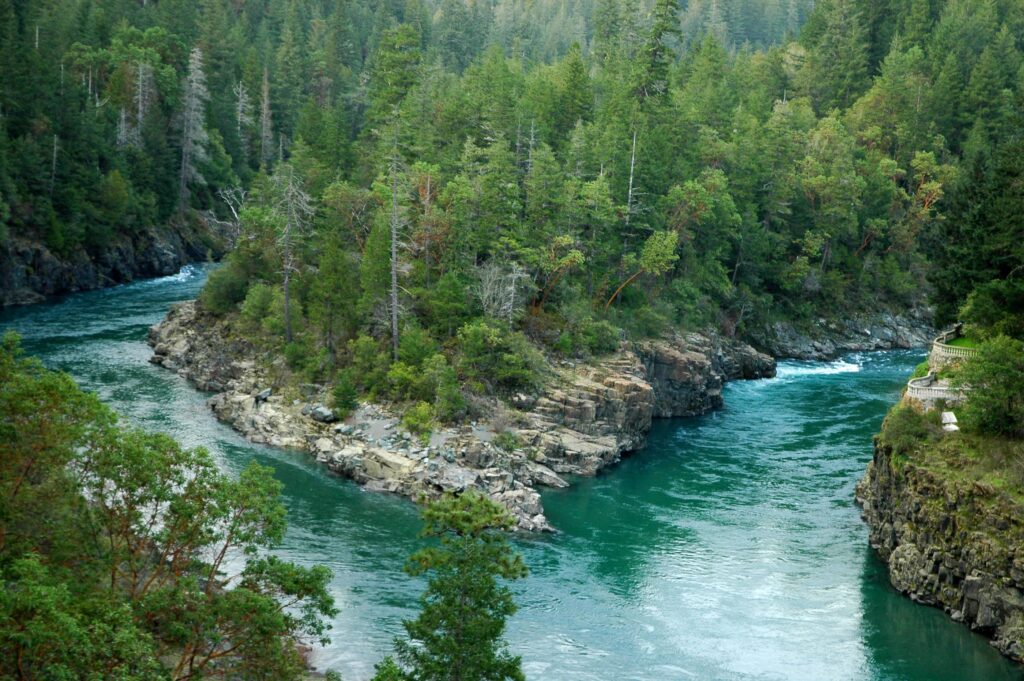
Let's stay in touch!
We’re hard at work in the California for rivers and clean water. Sign up to get the most important news affecting your water and rivers delivered right to your inbox.
Healing the Sacramento means expanding multi-benefit restoration on a regional scale. In the headwaters, this work can take the form of meadow restoration and fire suppression efforts. Down in the Sacramento Valley, restoration includes breaching levees so flows can spread and extensive riparian habitat restoration along the river’s banks. From widespread deforestation in the headwaters to the constriction of the Sacramento River through levees and dams, there is a need for collaboration between environmental advocates, local communities, private landowners, policymakers, and more to bring these ecosystems back into balance and create a sustainable future along the length of one of California’s mighty rivers.

